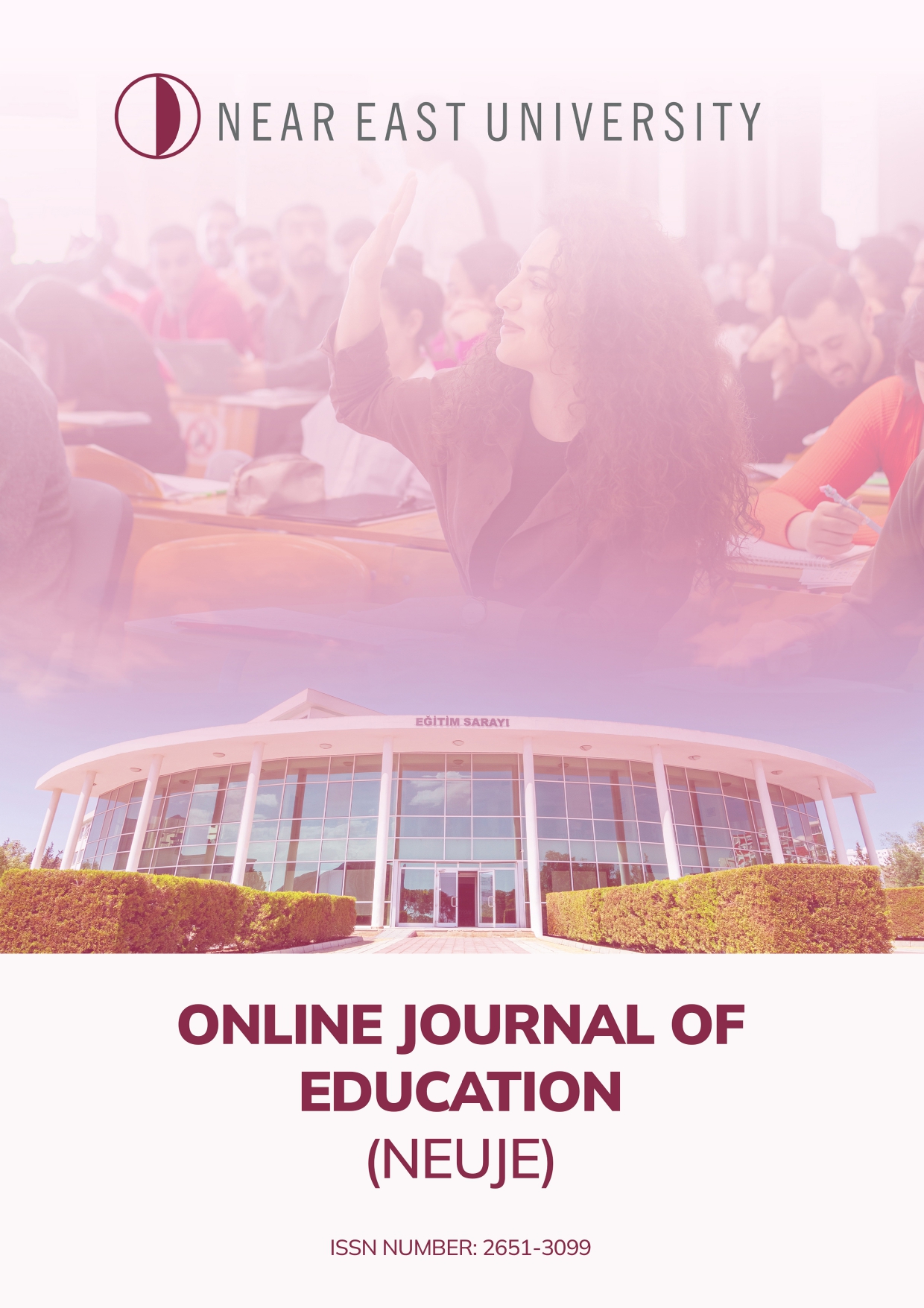USE OF COMPUTERS IN SPECIAL EDUCATION: BENEFITS AND OUTCOMES
DOI:
https://doi.org/10.32955/neuje.v1i1.56Keywords:
computer, special education, benefit, content analysisAbstract
Use of computers as effective technological tools in special education has become prevalent in the recent years since it enhances teaching concepts and skills and increase permanence and generalization of learned concepts and skills. Identifying the current situation and trends in a specific field provides a comprehensive perspective for researchers and practitioners. This study aims to examine the current situation and trends in the studies on special education and computer through content analysis. Scopus database was examined in the study in order to carry out the content analysis. Articles published in Scopus database were examined based on certain criteria including year of publication, name of the journals, document type, country and subject area. Data were analyzed based on content analysis method. Results are discussed with reference to relevant literature and implications for further research and practices are also provided
References
Demirok, M. S., Baglama, B., & Besgul, M. (2015). A content analysis of the studies in special education area. Procedia: Social and Behavioral Sciences, 197, 2459-2467
Dogan, I., & Akdemir, O. (2015). Ozel egitimde bilgisayar destekli ogretim: uc durum calismasi. Journal of Higher Education & Science, 5(2), 165-177
Domingo, M. G., & Gargante, A. B. (2016). Exploring the use of educational technology in primary education: Teachers' perception of mobile technology learning impacts and applications' use in the classroom. Computers in Human Behavior, 56, 21-28
Englund, C., Olofsson, A. D., & Price, L. (2017). Teaching with technology in higher education: understanding conceptual change and development in practice. Higher Education Research & Development, 36(1), 73-87
Felix, V. G., Mena, L. J., Ostos, R., & Maestre, G. E. (2017). A pilot study of the use of emerging computer technologies to improve the effectiveness of reading and writing therapies in children with Down syndrome. British Journal of Educational Technology, 48(2), 611-624
Johnson, G. M. (2013). Using tablet computers with elementary school students with special needs: The practices and perceptions of special education teachers and teacher assistants. Canadian Journal of Learning and Technology, 39(4), 1-12
Karasar, N. (2005). Bilimsel arastirma yontemleri. Ankara: Nobel Yayin Dagitim
Lorah, E. R., Parnell, A., Whitby, P. S. & Hantula, D. (2015). A systematic review of tablet computers and portable media players as speech generating devices for individuals with autism spectrum disorder. Journal of Autism and Developmental Disorders, 45(12), 3792-3804
McKissick, B. R., Diegelmann, K. M., & Parker, S. (2017). Using technology to address barriers in rural special education for students with autism: A do-it-yourself guide. Rural Special Education Quarterly, 36(3), 155-159
Ok, M. W. (2018). Use of ipads as assistive technology for students with disabilities. TechTrends, 62(1), 95-102
Plowman, L., & Stephen, C. (2005). Children, play, and computers in pre‐school education. British Journal of Educational Technology, 36(2), 145-157
Saltan, F., Turkyilmaz, T., Karacalti, C., & Bilir, K. (2018). Use of current educational technology in science education: A scoping review. Cukurova University Faculty of Education Journal, 47(1), 308-336
Sezgin, F., Erdogan, O., & Erdogan, B. H. (2017). Ogretmenlerin teknoloji oz yeterlikleri: Ogretmen ve ogrenci goruslerine yonelik butuncul bir analiz. Egitim Teknolojisi Kuram ve Uygulama, 7(1), 180-199
Stemler, S. E. (2015). Content analysis. Emerging Trends in the Social and Behavioral Sciences: An Interdisciplinary, Searchable, and Linkable Resource, 1, 1-14
Stultz, L. S. (2013). The Effectiveness of computer-assisted instruction for teaching mathematics to students with specific learning disability. Journal of Special Education Apprenticeship, 2(2), 1-13
Vereenooghe, L., Gega, L., Reynolds, S., & Langdon, P. E. (2016). Using computers to teach people with intellectual disabilities to perform some of the tasks used within cognitive behavioural therapy: A randomised experiment. Behaviour Research and Therapy, 76, 13-23
Wainer, A. L., & Ingersoll, B. R. (2011). The use of innovative computer technology for teaching social communication to individuals with autism spectrum disorders. Research in Autism Spectrum Disorders, 5(1), 96-107
Wainwright, D. K., & Linebarger, D. L. (2006). Ready to learn: Literature review. UK: Children’s Media Center
Yadav, A., Gretter, S., Hambrusch, S., & Sands, P. (2016). Expanding computer science education in schools: understanding teacher experiences and challenges. Computer Science Education, 26(4), 235-254
Zoch, M., & Myers, J. (2017). Teachers’ engagement with new literacies as support for ımplementing technology in the english/language arts classroom. Contemporary Issues in Technology and Teacher Education, 17(1), 25-52
Downloads
Published
How to Cite
Issue
Section
License
Authors who publish with this journal agree to the following terms:





